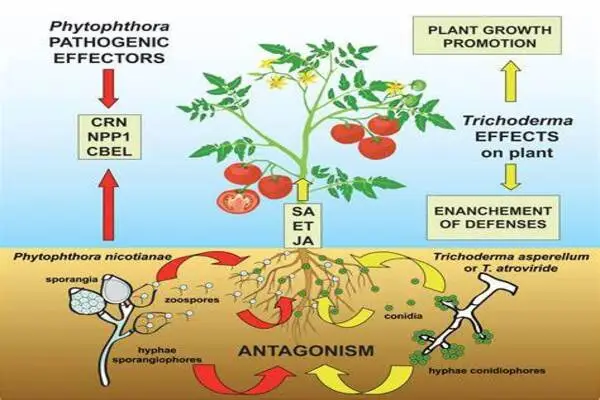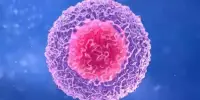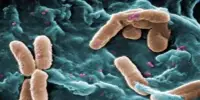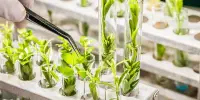Plants have developed intricate defense mechanisms to protect themselves from a variety of diseases, including bacteria, fungus, and viruses. These defense mechanisms include the activation of numerous signaling pathways and the synthesis of defense-related proteins.
New research looks into tomatoes’ intricate defensive mechanisms against the renowned bacterial pathogen, Pseudomonas syringae pv. tomato (Pst). It’s a classic example of nature’s arms race: when infections evolve to outwit plant defenses, plants respond with increasingly complex immune responses.
In the intriguing realm of plant biology, an innovative study recently featured on the cover of The Plant Journal has been making headlines. The study dives into tomatoes’ complicated defensive systems against the infamous bacterial pathogen, Pseudomonas syringae pv. tomato (PST). It’s a classic example of nature’s arms race: when infections evolve to outwit plant defenses, plants respond with increasingly complex immune responses.
This finding was pivotal, highlighting the indispensable role of Nrc2 and Nrc3 in the tomato immune response. Our work sheds light on how plants defend themselves — a topic of immense importance in agriculture.
Dr. Ning Zhang
The report is based on research undertaken by scientists in Dr. Greg Martin’s group at the Boyce Thompson Institute (BTI). The study focuses on proteins known as nucleotide-binding leucine-rich repeat receptors (NLRs), which are the plant equivalent of immune system warriors. They detect and respond to pathogen attacks, resulting in a cascade of defense processes. Among these are the helper NLRs, Nrc2 and Nrc3, which work in concert with the tomato NLR Prf and its partner kinase, Pto, in a well-orchestrated defense against Pst.
The investigation into the roles of Nrc2 and Nrc3 is the most innovative component of this study. Using CRISPR technology, the researchers developed tomato mutant plants that lack these NLRs. While these mutants seemed normal under ordinary conditions, they were more susceptible to Pst, similar to plants lacking the Prf protein.
“This finding was pivotal, highlighting the indispensable role of Nrc2 and Nrc3 in the tomato immune response,” said Dr. Ning Zhang, a postdoctoral researcher at BTI and the study’s first author.

One of the most intriguing outcomes of the research is understanding how Nrc2 and Nrc3 fit into the overall defense system. They seem to act upstream in the signaling cascade that leads to programmed cell death – a critical component of the plant’s immune response. This places them as essential intermediaries of the complex network of plant immunity.
The attention given to Zhang’s research validates its significance. “I’m thrilled that our discoveries on the workings of helper NLRs received prominent coverage in The Plant Journal,” she said. “Our work sheds light on how plants defend themselves — a topic of immense importance in agriculture.”
In essence, Zhang and colleagues’ research is more than just a scientific finding; it also serves as a road map for future crop resilience advances. “By unraveling the roles of helper NLRs like Nrc2 and Nrc3, we are a step closer to developing crops that can better withstand the challenges posed by pathogens, helping ensure food security and agricultural sustainability,” Zhang added.














